Historically, most people envision Colorado as the Wild West with tales of cowboys, gunslingers, outlaws, and pioneers. Not commonly associated with the mountainous state are oceans and dinosaur fossils.
Perhaps surprising to many, including residents, is the state’s geological and paleontological history. It’s one of the best states in the American West to explore prehistoric finds like dinosaur fossils and footprints.
Digging into the past, there are several sites and museums scattered around the state where residents and visitors can learn more about Colorado’s prehistoric ages. We even have a whole town called Dinosaur!
History
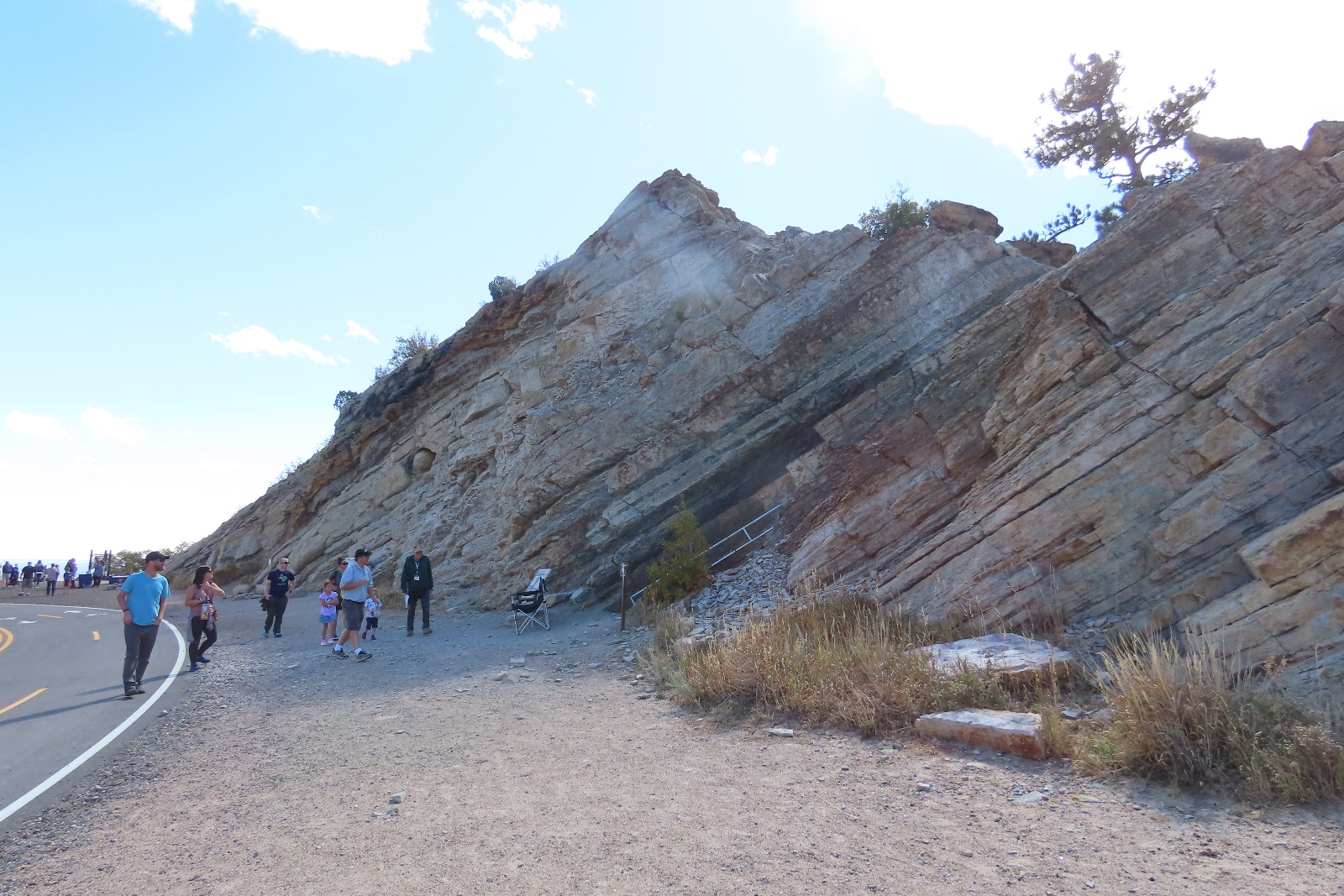
Colorado’s geologic formations have made the state famous for its natural beauty where wide open plains lead to undulating foothills and mountains tower to over 14,000 feet (4,267 meters). Being a mountainous and landlocked state, it can be hard to imagine it without its stunning peaks.
About 300 million years ago during the late Paleozoic Era, a warm shallow sea covered the entire state. Evidence of the sea that stretched over the Great Plains has been found in fossils of trilobites, sharks, brachiopods, conodonts, and ostracoderms.
For about 200 million years, the sea level remained steady until 100 million years ago when the sea began to recede. This allowed new vegetation and animals to thrive in Colorado. At the base of the foothills, many land-based dinosaurs and amphibians thrived in wet and humid environments.
During the Permian era, which was about 47 million years ago, Colorado’s sea disappeared. Sand dunes covered the land, creating many fossils that have been found within the various layers of sediment. After the Permian era, the Triassic era once again covered Colorado with a shallow sea.
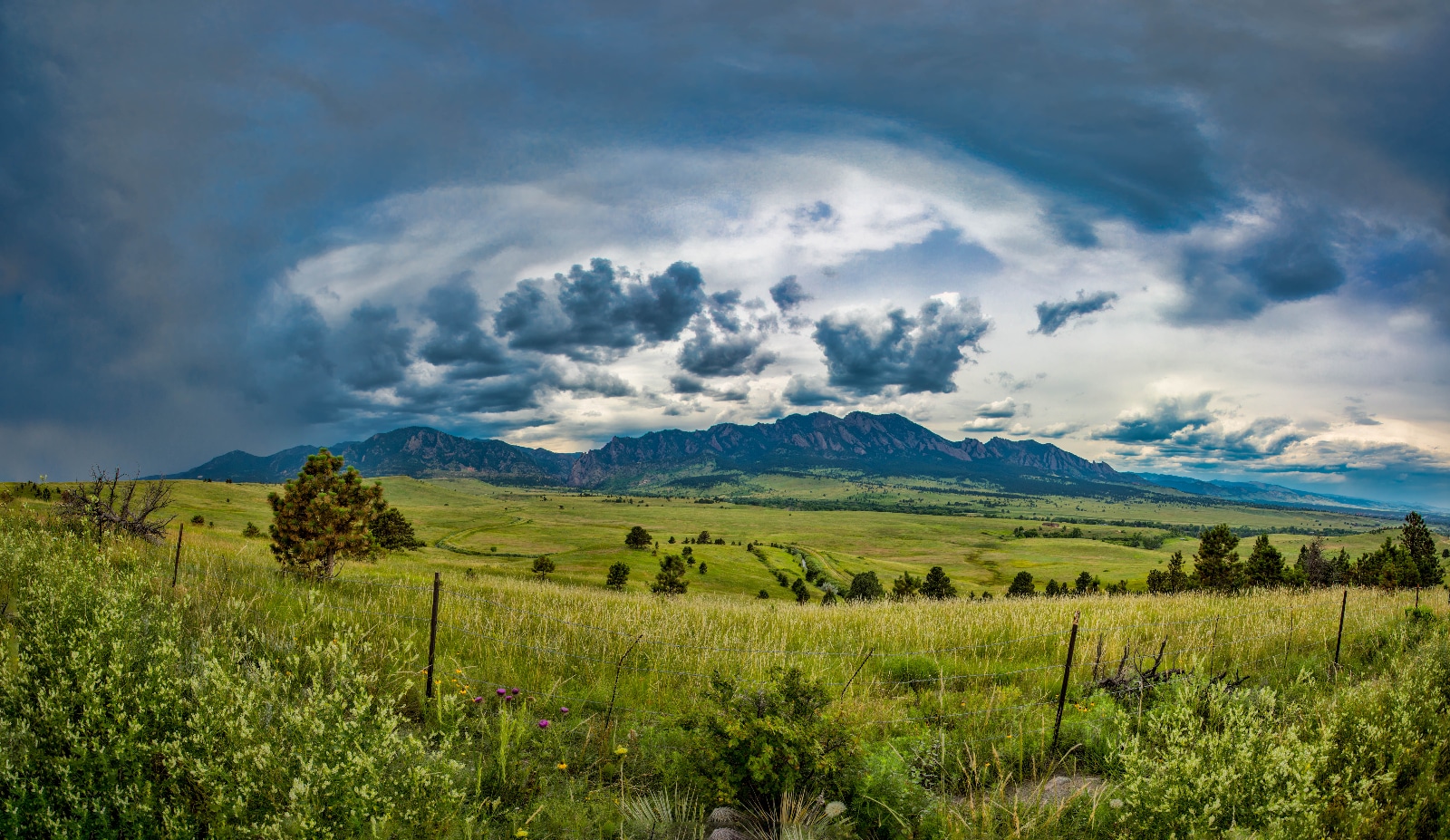
Creating a coastal environment, rainforests began to grow in the state. The abundance of flora and fauna helped larger dinosaurs survive. As the sea began to once again recede, Colorado was inhabited by new species including prehistoric bison, camels, horses, and mammoths.
Fossils from various prehistoric eras have been found in Colorado along the foothills and in the Eastern Plains. The first fossils that were ever found in Colorado were discovered in the 1860s. However, the most famous discoveries were made in 1876 and 1877 at Dinosaur Ridge by Arthur Lakes. Among some of the early fossils discovered by Lakes was the world’s first fossilized Stegosaurus.
Since Lakes’ discoveries in 1876, more than 60,000 fossil specimens have been discovered in Colorado. Although large dinosaurs like the Allosaurus, Stegosaurus, and Diplodocus are the most famous, other fossils found in the state include a diverse array of plants, insects, and marine species.
Out of all the fossil areas in Colorado, the three most famous places to visit are the Green River Formation (Northwest Colorado), the White River Formation (Northeast Colorado), and the Morrison Formation (stretched out along the Front Range).
Prehistoric Species in Colorado
Thousands of fossils have been discovered in Colorado since the late 1800s, but it’s the large dinosaur species that draw the most attention. Dinosaur fossils in the state have been uncovered in many forms including footprints and impressions, as well as partial remains.
Stegosaurus
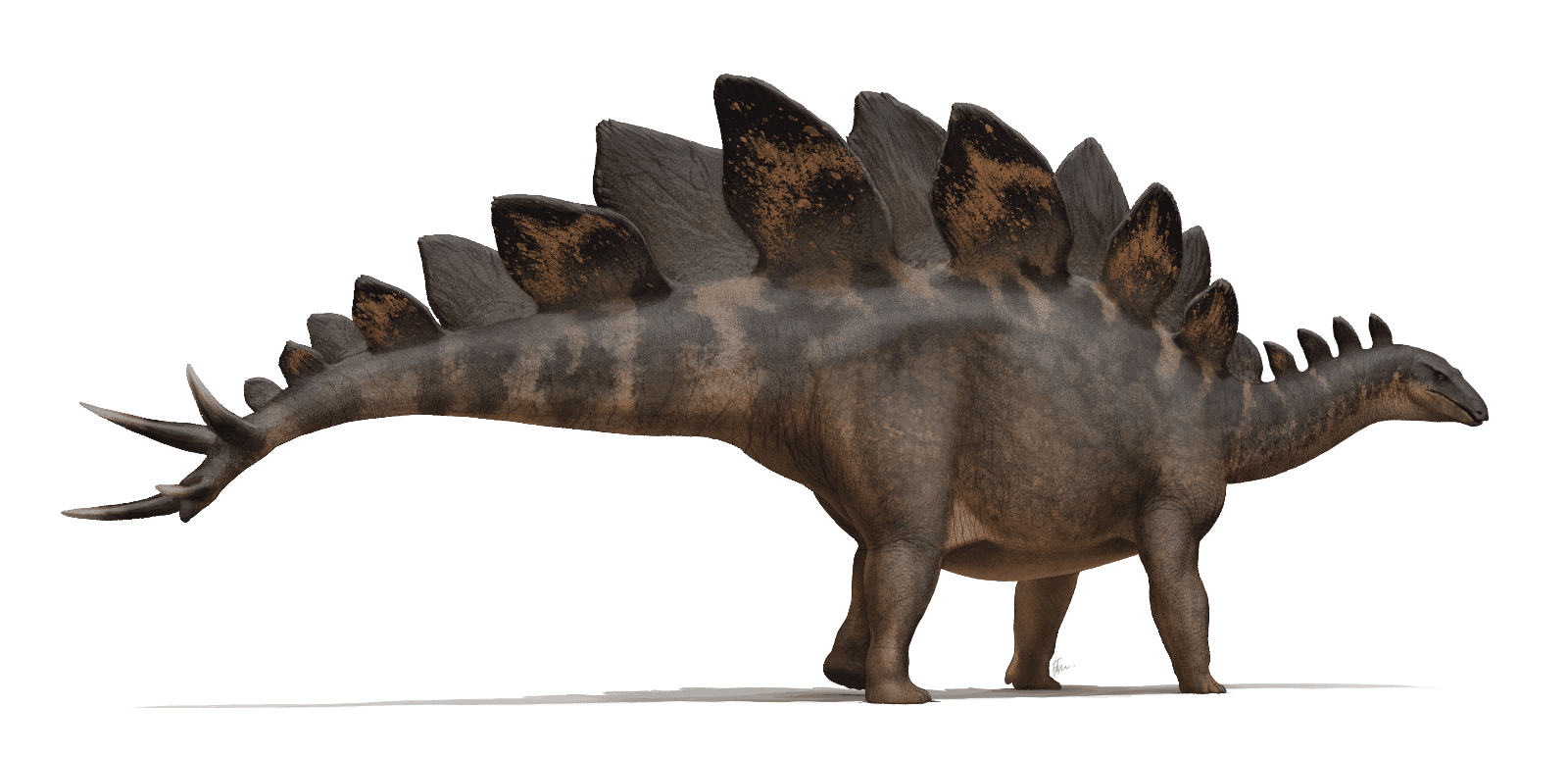
Famous for the ridge of spines that run from the top of the head to the tip of the tail, the Stegosaurus was a large, plant-eating dinosaur that lived during the Late Jurassic Period (155-145 million years ago). Stegosauruses weighed 5-7 tons and could be 29 feet long.
The first Stegosaurus fossil found in the world was discovered in Colorado in 1876 outside of the town of Morrison. More than 100 years later in 1982, the Stegosaurus was named the Official State Fossil.
Allosaurus
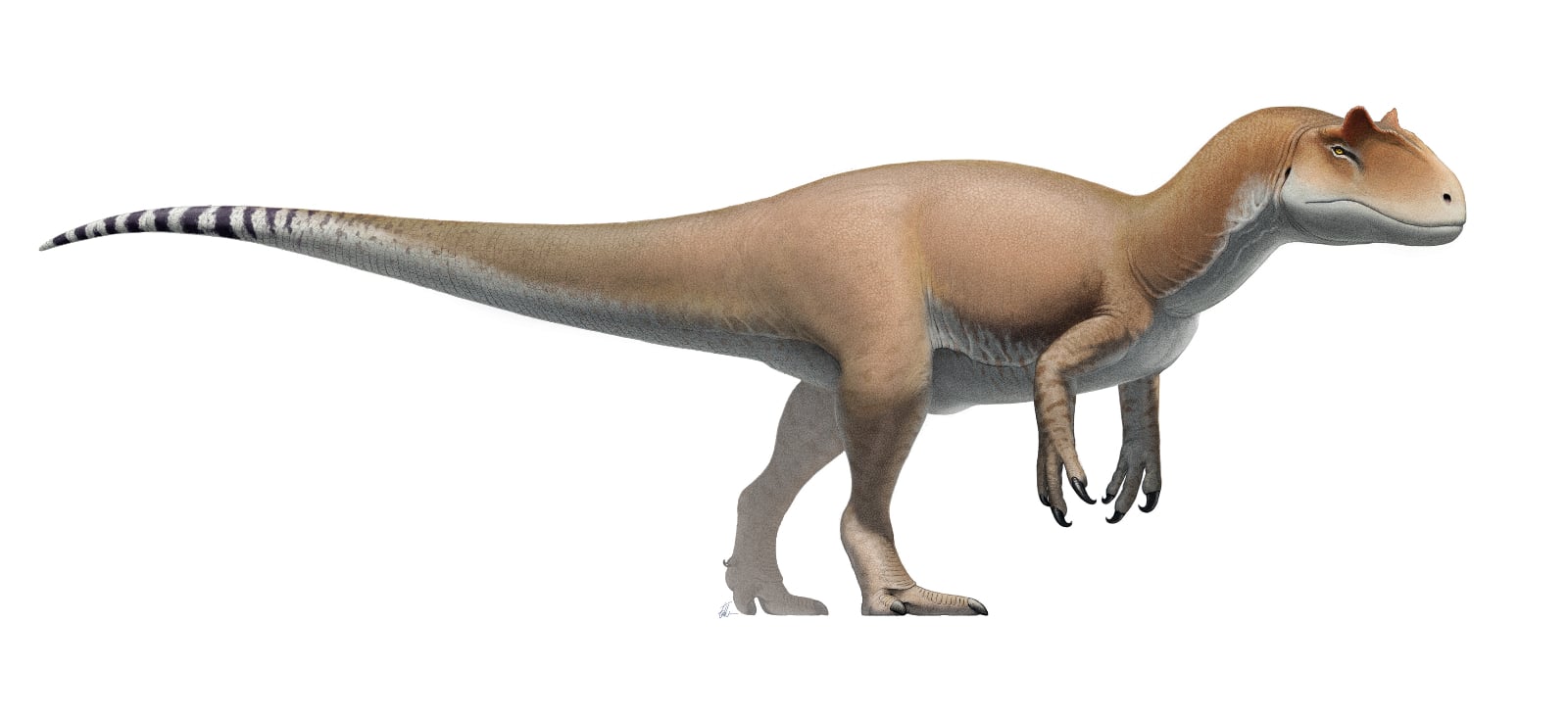
The Allosaurus was a large carnivore, similar to a Tyrannosaurus Rex, that lived during the Late Jurassic Period as well. With a large head, serrated teeth, and powerful legs, the Allosaurus was an excellent hunter that grew up to 28 feet in length.
In 1869, Colorado’s first Allosaurus was found in Granby by sheepherders. Originally believing they had discovered a petrified horse hoof, further research revealed that they had found the fossilized vertebra of an Allosaurus.
Apatosaurus
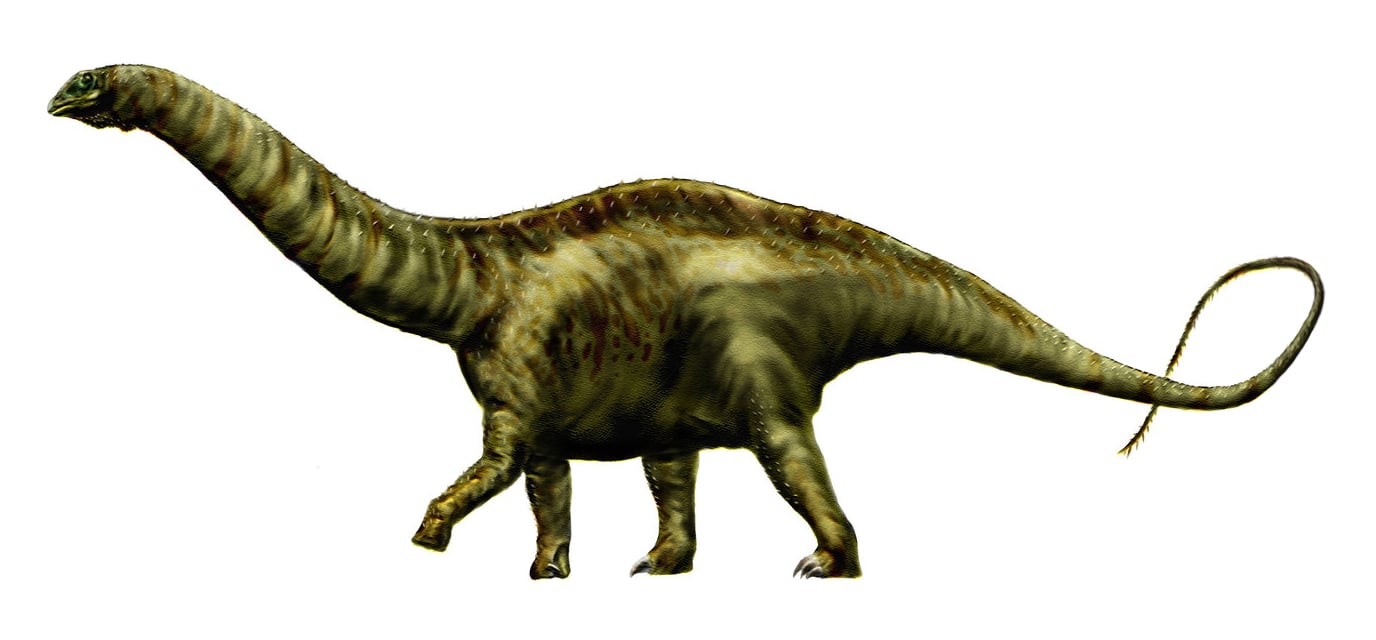
Another dinosaur that lived during the Late Jurassic Period was the Apatosaurus. With a long neck, the Apatosaurus was a herbivore that reached massive sizes. Weighing up to 49,000 pounds and standing up to 75 feet tall, Apatosauruses towered over the landscape.
The first Apatosaurus was discovered by Arthur Lakes at the Morrison Formation in 1877. A few of the best-fossilized finds of the Apatosaurus included vertebrae, a partial postcranial skeleton, and a partial braincase.
Diplodocus
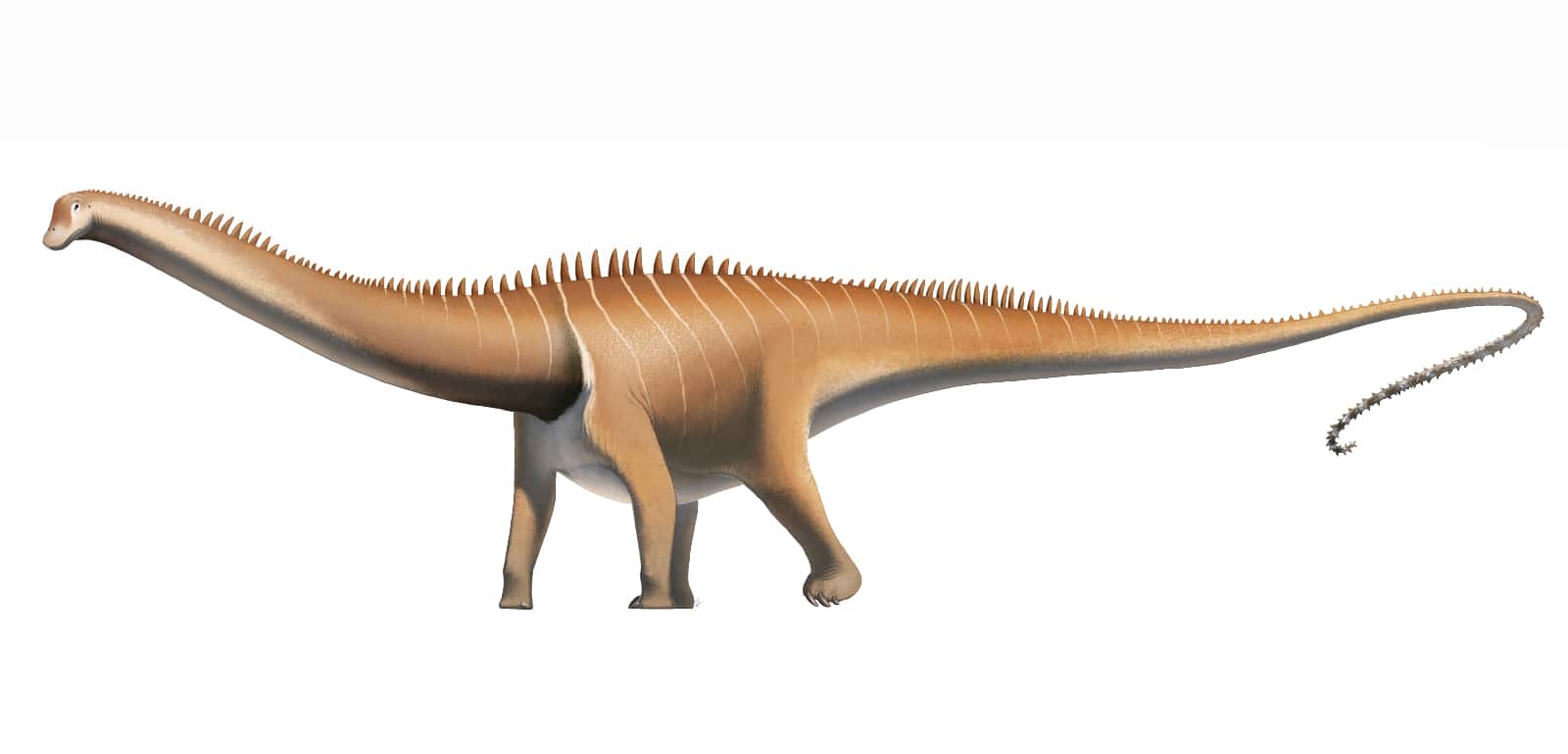
Similar to the Apatosaurus is the Diplodocus. Featuring a series of sharp spines on its back, Diplodocus lived 161.2-145 million years ago. The first Diplodocus was discovered in 1877 in Cañon City by S.W. Williston.
Using fossils, scientists estimate that the Diplodocus grew to be about 95 feet in length, but some would argue that an estimate of 115 feet was more accurate.
Triceratops
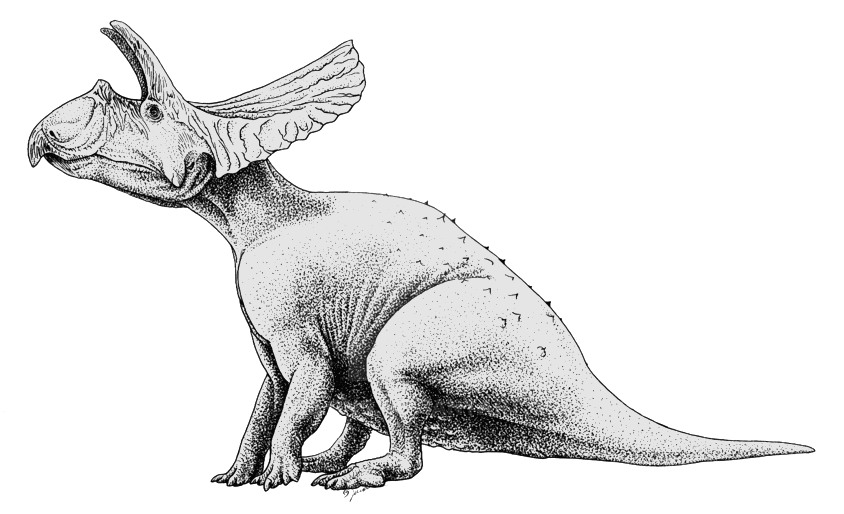
The broad, shield-like head and sharp horns of the Triceratops made them an intimidating dinosaur. These herbivorous creatures lived 83.5-66 million years ago. Most Triceratops were less than 10 feet long, but they could weigh up to 13 tons.
The first Triceratops was discovered by a cowboy outside of Denver in 1877, making it yet another important fossil that was found in the Morrison Formation.
Tyrannosaurus Rex
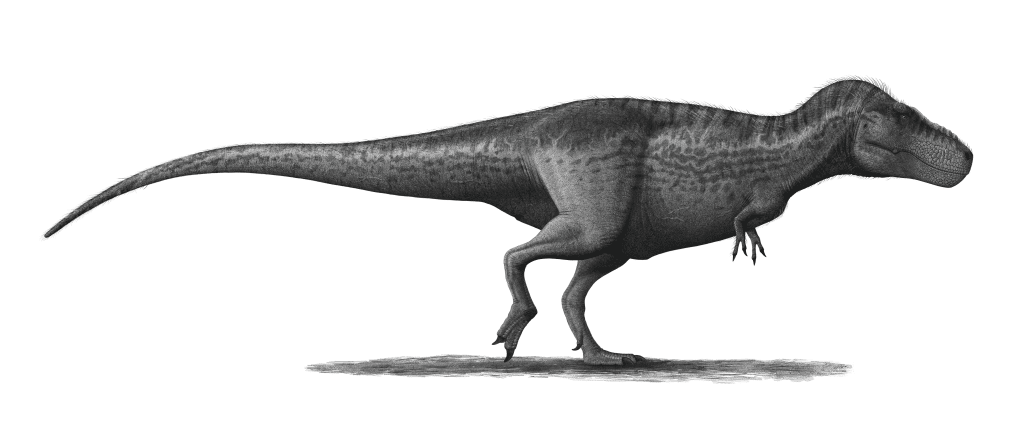
Perhaps the most famous dinosaur of them all, T-Rex roamed Colorado during the Cretaceous era (83.6-66 million years ago). With tiny arms, T-Rex heavily relied on its large legs and tail to get around. Modern estimates of T-Rex show that they could grow up to 40.7 feet in length and 13 feet tall.
The very first T-Rex fossils in the world were discovered outside of Golden in 1874. Containing only a few fossilized teeth, the discovery was revolutionary for naming a new dinosaur species.
Where to See Fossils in Colorado
Whether you’re looking to enjoy the great outdoors or head to an indoor museum, there are many places throughout Colorado where you can learn more about the state’s prehistoric history and discoveries.
Some of the most popular places to learn about dinosaurs in Colorado are located in and around Denver. For those who are up for a road trip, heading further into the state allows you to explore unique landscapes like fossilized forests and stone quarries.
Dinosaur Ridge
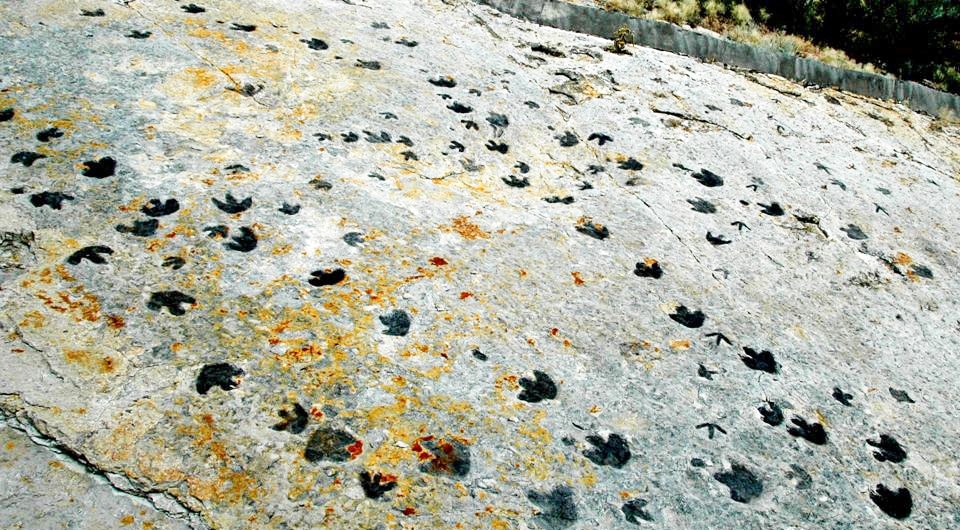
Dinosaur Ridge is part of the greater Morrison Formation, which stretches from Montana to New Mexico. One of the most famous segments of the formation is outside of Morrison, Colorado in the foothills of the Rocky Mountains.
Known throughout the state and world, Dinosaur Ridge is an indoor/outdoor museum. Some of the most famous findings include fossils of the Stegosaurus and Apatosaurus. Visitors can take a self-guided or museum-guided tour of the ridge’s fossils and footprints.
Dinosaur National Monument
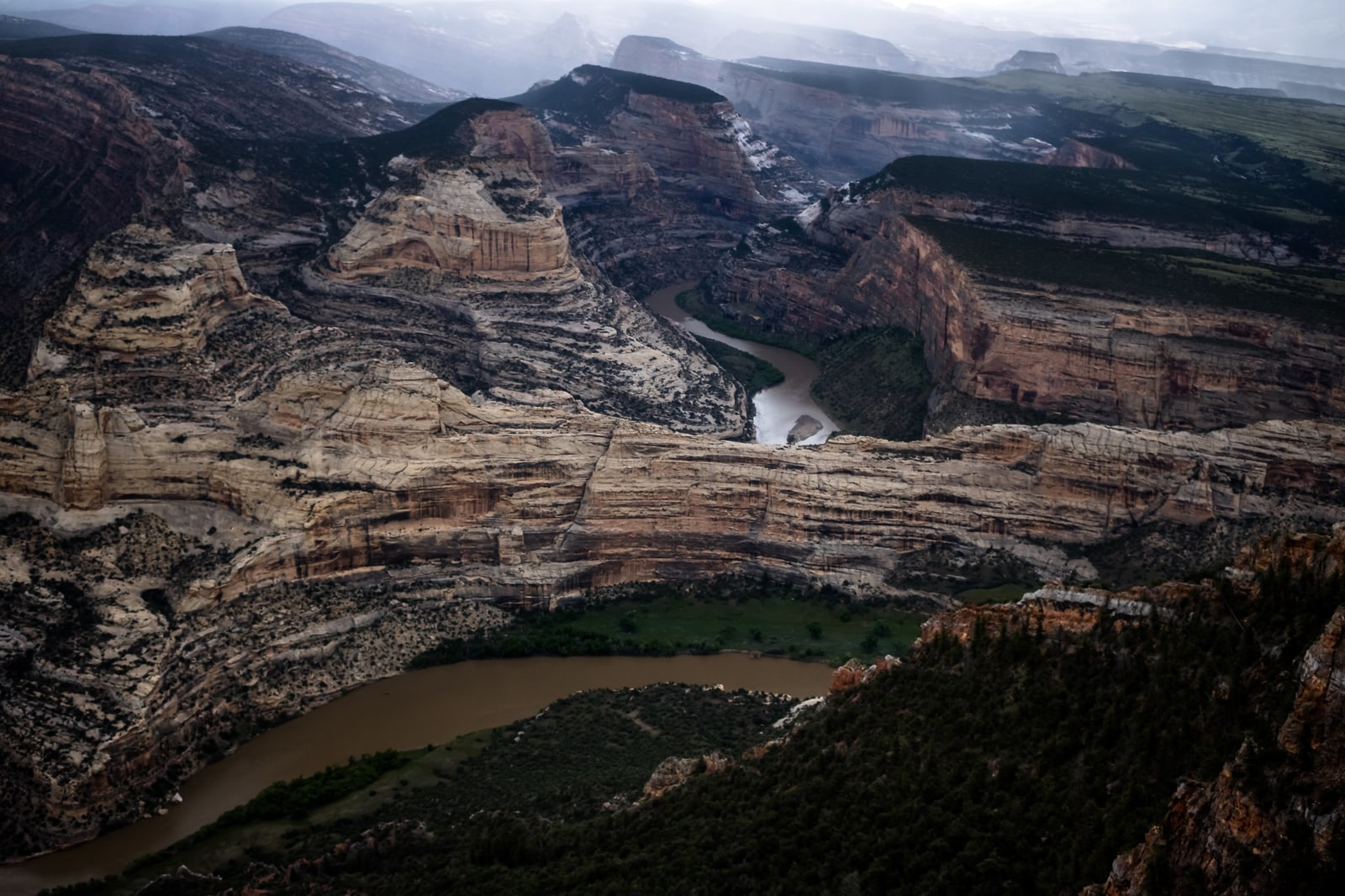
Straddling the border with Utah, the Dinosaur National Monument is where thousands of dinosaur fossils have been discovered since the early 1900s. There are more than 800 archeological sites throughout the monument’s 210,844 acres of land. All of the dinosaur fossils are now housed in the Quarry Visitor Center on Utah’s side of the border.
In Colorado, the Canyon Visitor Center is the gateway to learning more about the monument’s impressive landscapes, planning hikes, and booking river tours. Popular areas to visit on Colorado’s side of the monument include Harpers Corner, Echo Park, and the Gates of Lodore.
Harper’s Corner has a 32-mile (55-kilometer) long road that winds its way through the canyon and into the heart of Dinosaur National Monument. In the deep canyons, visitors can book a whitewater rafting tour with OARS to explore Echo Park. Finally, the Gates of Lodore is a popular rafting and camping location for spectacular views of the monument.
McInnis Canyons National Conservation Area
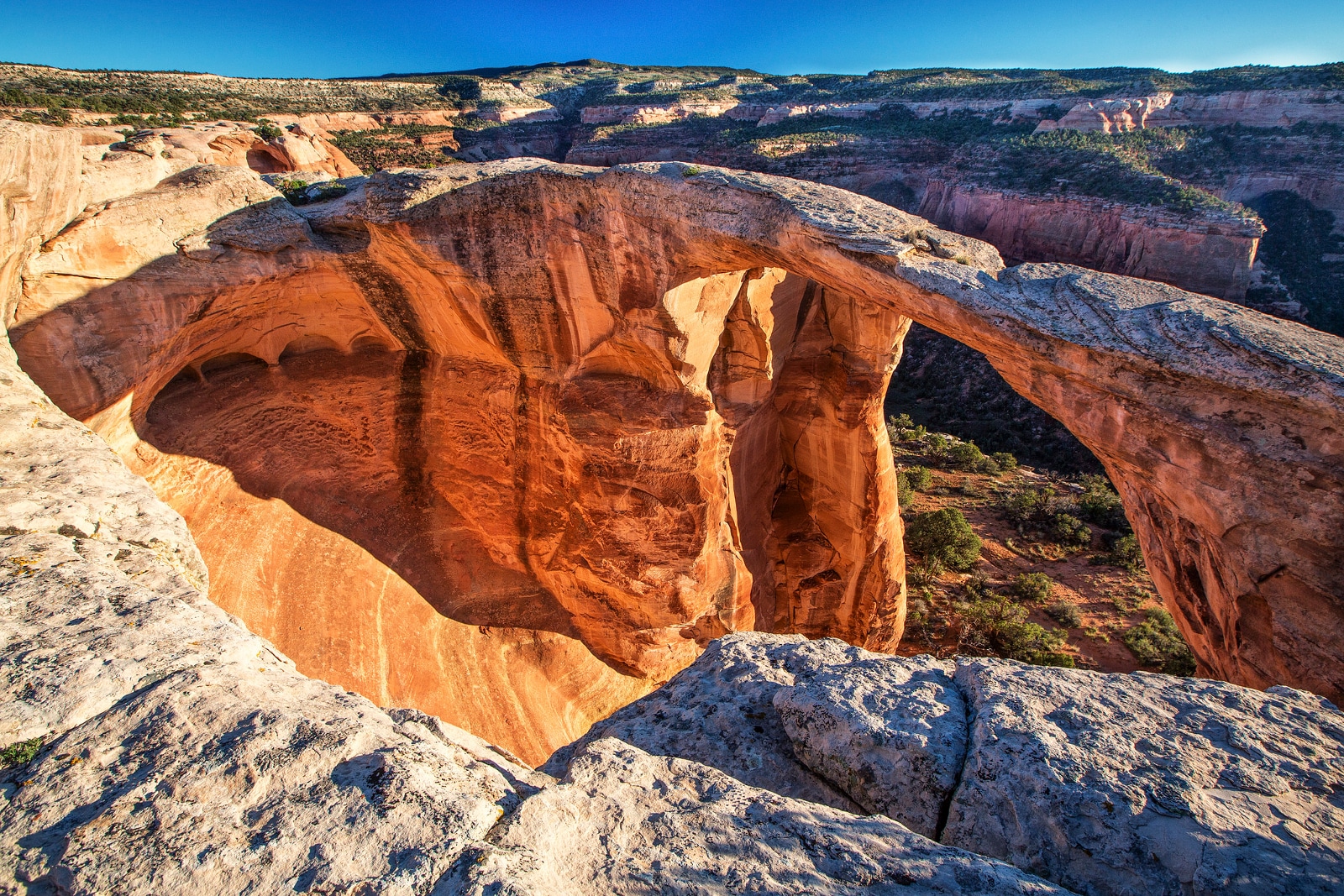
The McInnis Canyons National Conservation Area is just 26 miles (41.8 kilometers) west of Grand Junction. It features the Trail Through Time, an easy walking loop that takes visitors to the Mygatt-Moore Quarry where new dinosaur fossils are frequently excavated. Located within Rabbit Valley, the trail is 1.5 miles (2.4 kilometers) long.
Additional attractions along the trail include 21 sites that explain more about the area’s geology and previous excavations. The Trail Through Time loop is self-guided and well-maintained throughout the year to ensure that it is suitable for visitors of all ages.
Dinosaur Diamond Byway
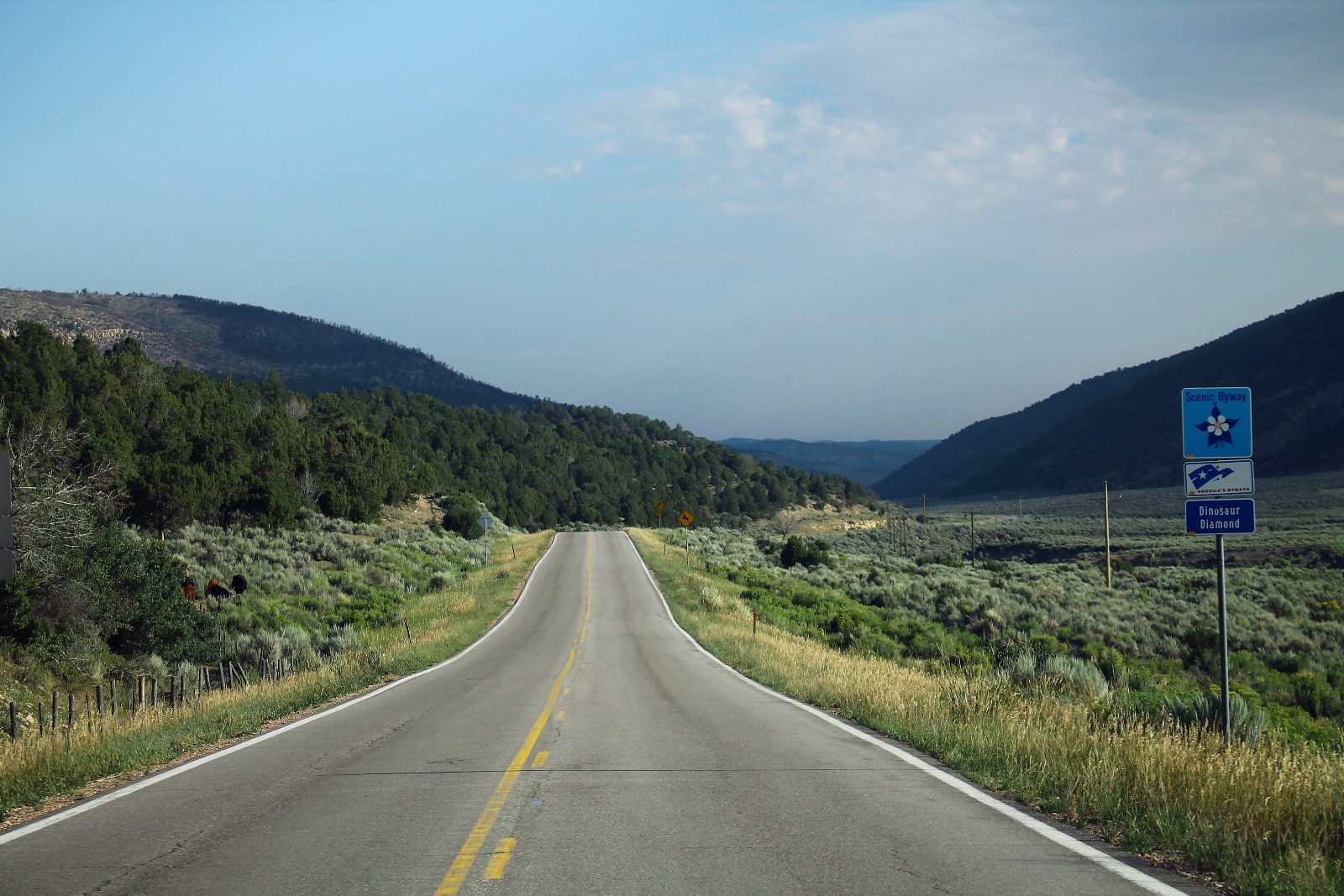
Winding through Colorado and Utah, the Dinosaur Diamond Byway stretches for 486 miles (782 kilometers) through the Uinta Basin. On the Colorado side of the border, the highway is 134 miles (215.6 kilometers) long as it connects the towns of Fruita, Rangley, and Dinosaur.
Major attractions in Colorado that are connected by the highway include Dinosaur National Monument and the McInnis Canyons National Conservation Area.
Visitors who take the highway into Utah can make stops to see Utah’s side of Dinosaur National Monument including the Quarry Visitor Center, the Utah Field House of Natural History, and the College of Eastern Utah Prehistoric Museum.
Creating a full loop through some of Colorado and Utah’s best dinosaur attractions, driving the Dinosaur Diamond Byway would take 2-3 days.
Florissant Fossil Beds National Monument
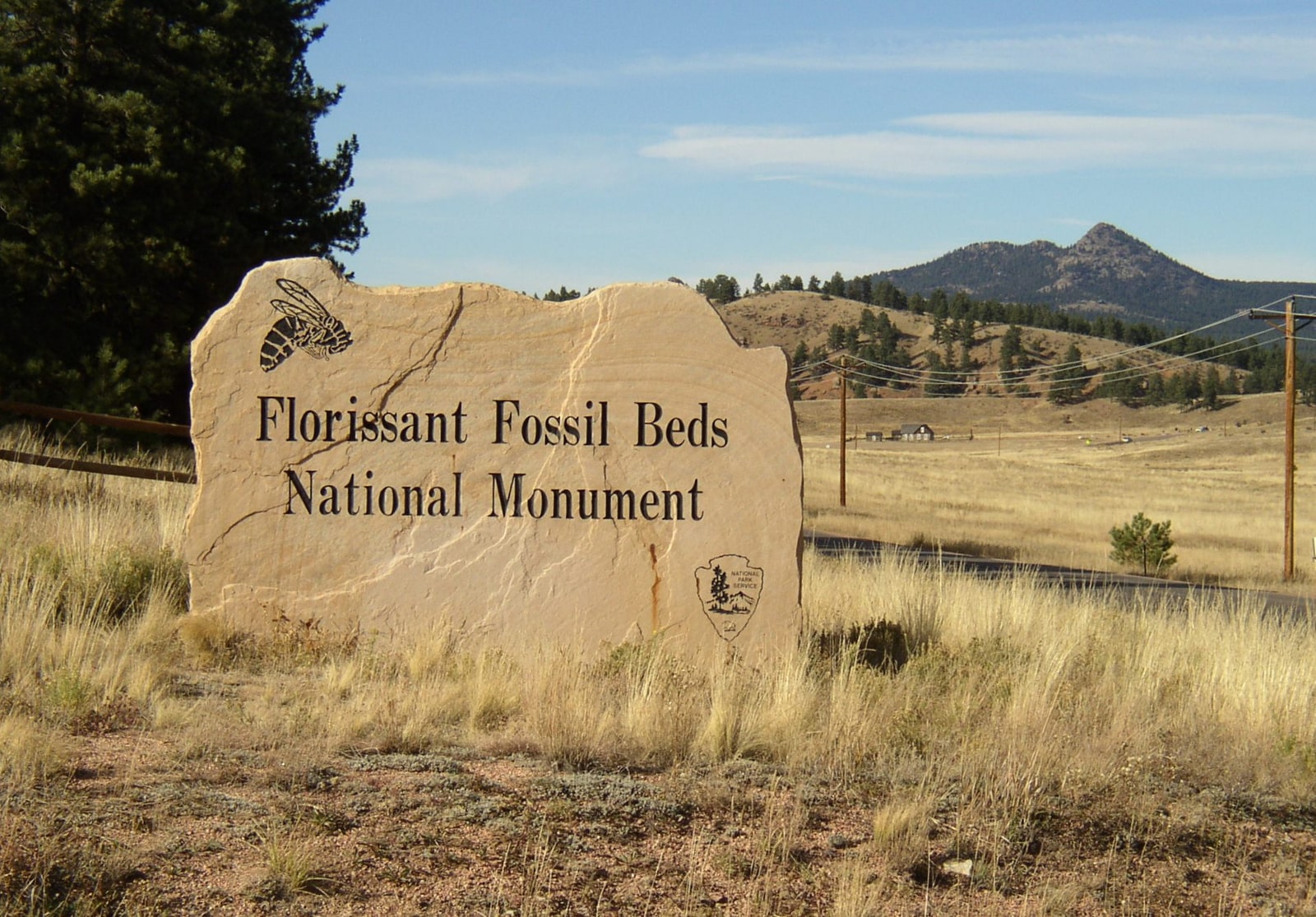
South of Denver just outside of Colorado Springs, one of the most unique places to view traces of Colorado’s prehistoric past is the Florissant Fossil Beds National Monument. Formed by a volcanic eruption that covered the valley, the fossil beds include insect specimens and petrified redwoods.
At the National Monument, visitors can read more about the area and fossils inside the museum. An easy walking trail loops around the forest, taking visitors to see some of the petrified remains of the flora and fauna.
Royal Gorge Dinosaur Experience

Garden Park Fossil Area
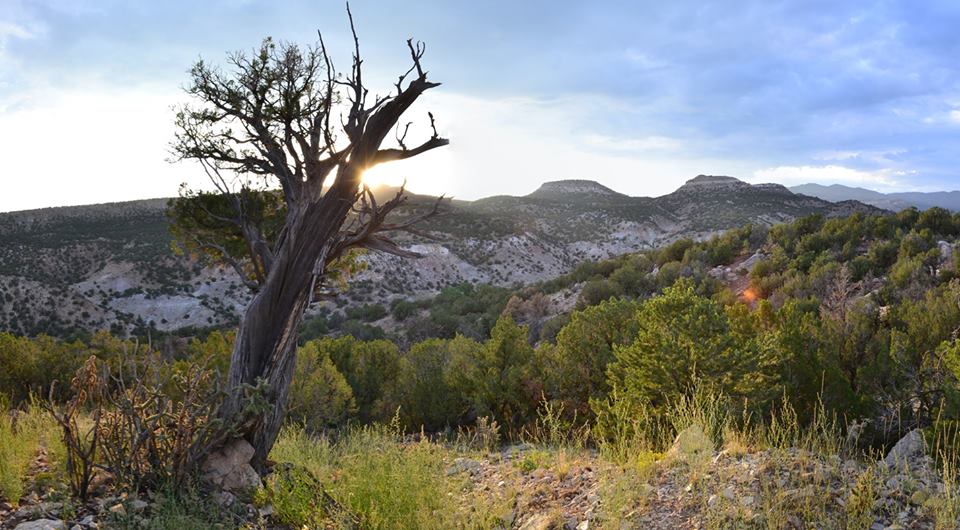
Just to the north of Cañon City, the Garden Park Fossil Area has been an active research site for nearly 130 years. In areas that are open to the public, there are plenty of walkable trails that take visitors to excavation sites and interpretive displays.
Most of the fossils were discovered during the 1870s, 1880s, and 1950s. For many years, the Garden Park Fossil Area has been an important paleontological site for studying life during the Late Jurassic Period.
Picketwire Canyonlands
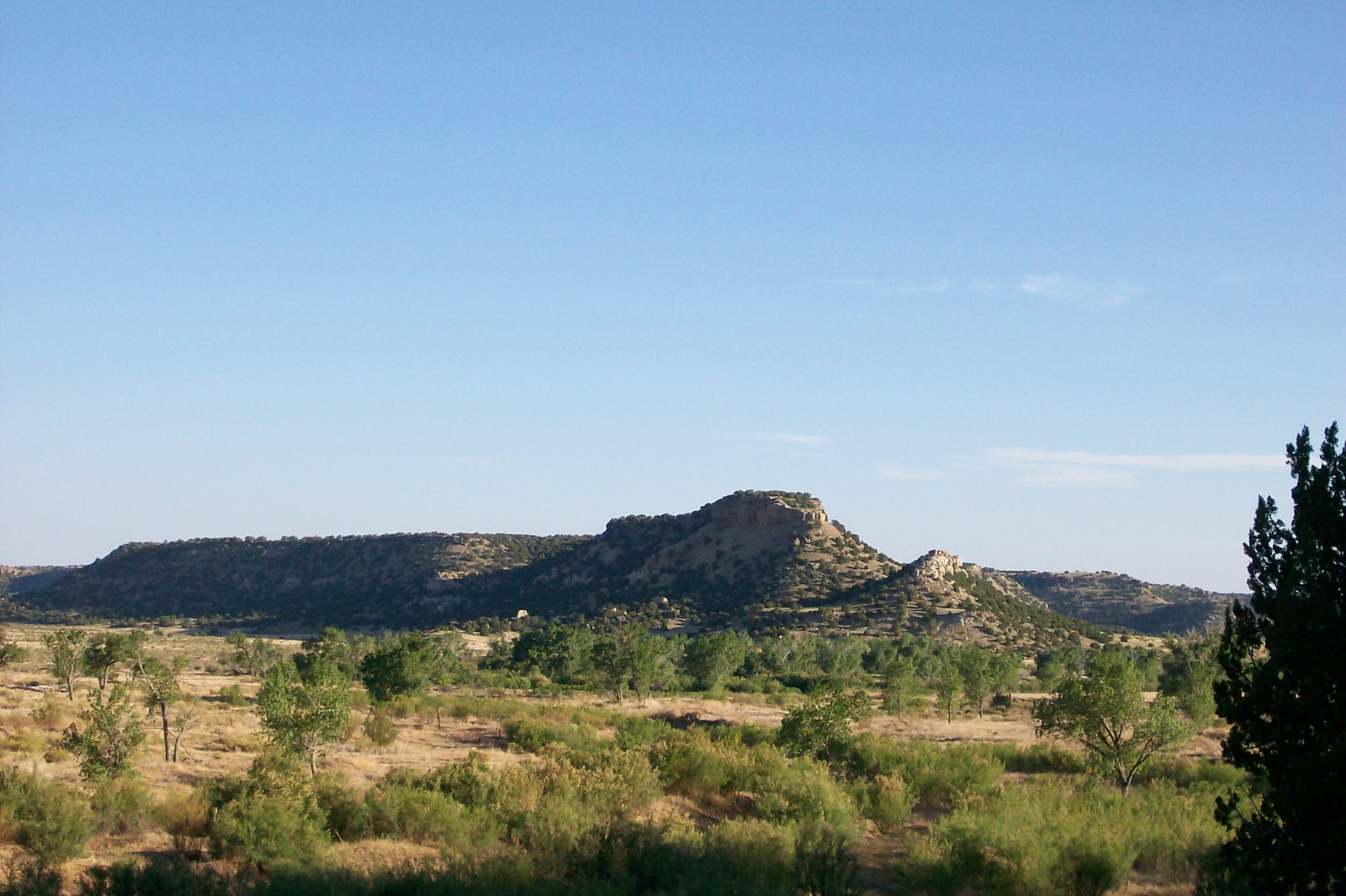
The largest collection of fossilized dinosaur footprints in the U.S. is found in La Junta, Colorado at the Picketwire Canyonlands. Visitors can view the tracks by taking a half-mile-long walk along the Purgatoire River.
There are more than 1,300 tracks from 100 different species at the Picketwire Canyonlands. In a few places, visitors are allowed to place their foot within the fossilized tracks to compare their foot to one of a dinosaur.
Denver Museum of Nature and Science
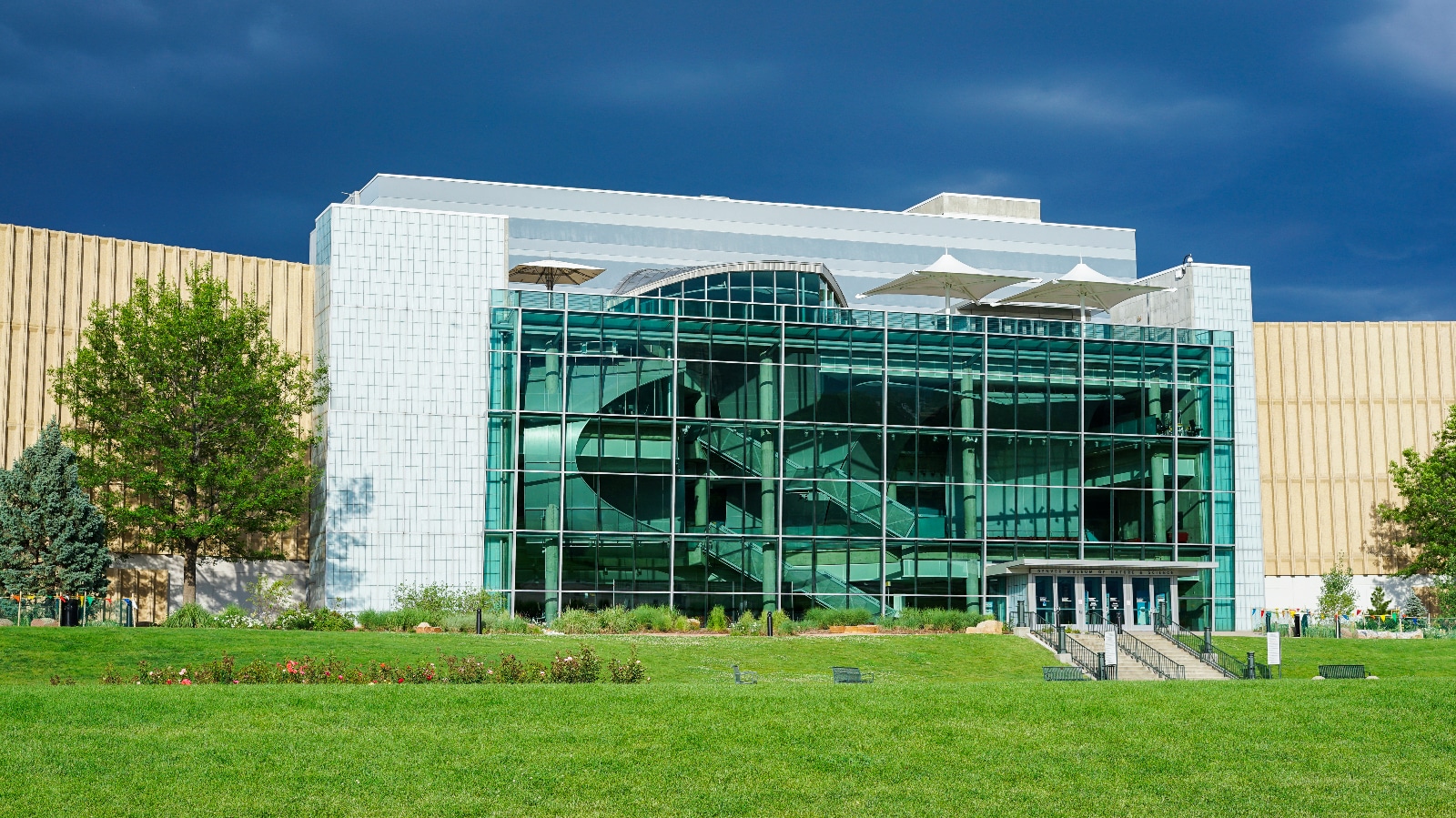
Overlooking City Park and Downtown Denver, the Denver Museum of Nature & Science is one of the best museums to visit in Colorado for dino-curious travelers. Prehistoric Journey and Dinosaur Gulch are two permanent exhibits at the museum that are open year-round.
The museum also hosts many special events and film nights that are dinosaur-related. At the Denver Museum of Nature and Science, visitors can get up close to real fossils, both big and small. One of the largest fossils held at the museum is of a Diplodocus.
Rocky Mountain Dinosaur Resource Center

In Woodland Park, the Rocky Mountain Dinosaur Resource Center has multiple exhibits that display fossil organisms from the Late Cretaceous era. Varying in size, some of the fossils on display include dinosaurs, marine reptiles, fish, and plants.
Visitors can also learn more about fossil preservation at the preparation lab. With plenty of infographics, visitors can self-guide themselves through the exhibits before exploring the large gift shop.
Dinosaur Journey Museum
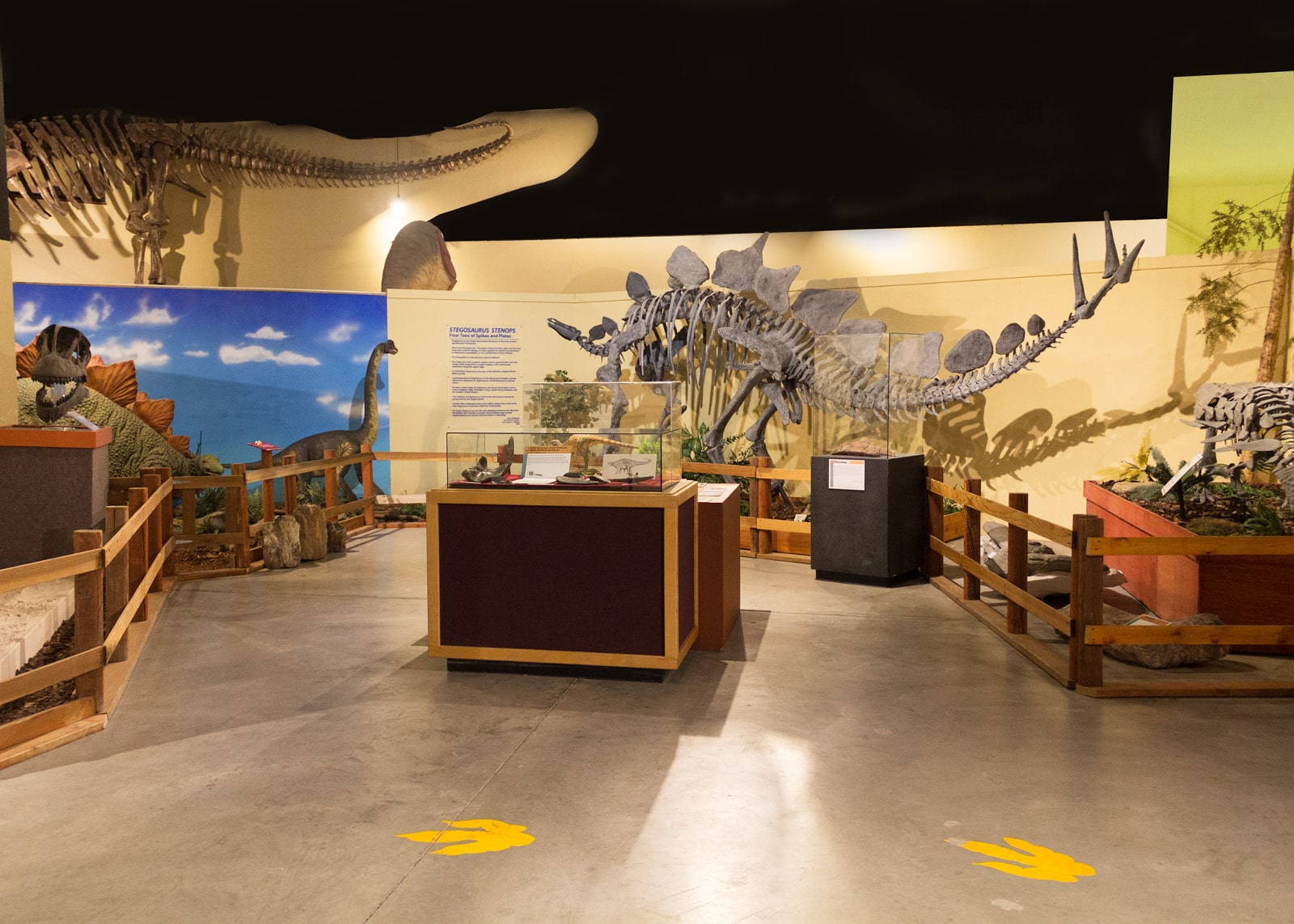
One museum that offers plenty of hands-on exhibits is the Dinosaur Journey Museum in Fruita. Featuring interactive and robotic displays, visitors can immerse themselves in a prehistoric world.
A few of the robotic dinosaur species that have interactive features are the T-Rex, Triceratops, and Stegosaurus. There are also hundreds of real dinosaur fossils on display throughout the museum.
Delta County Museum
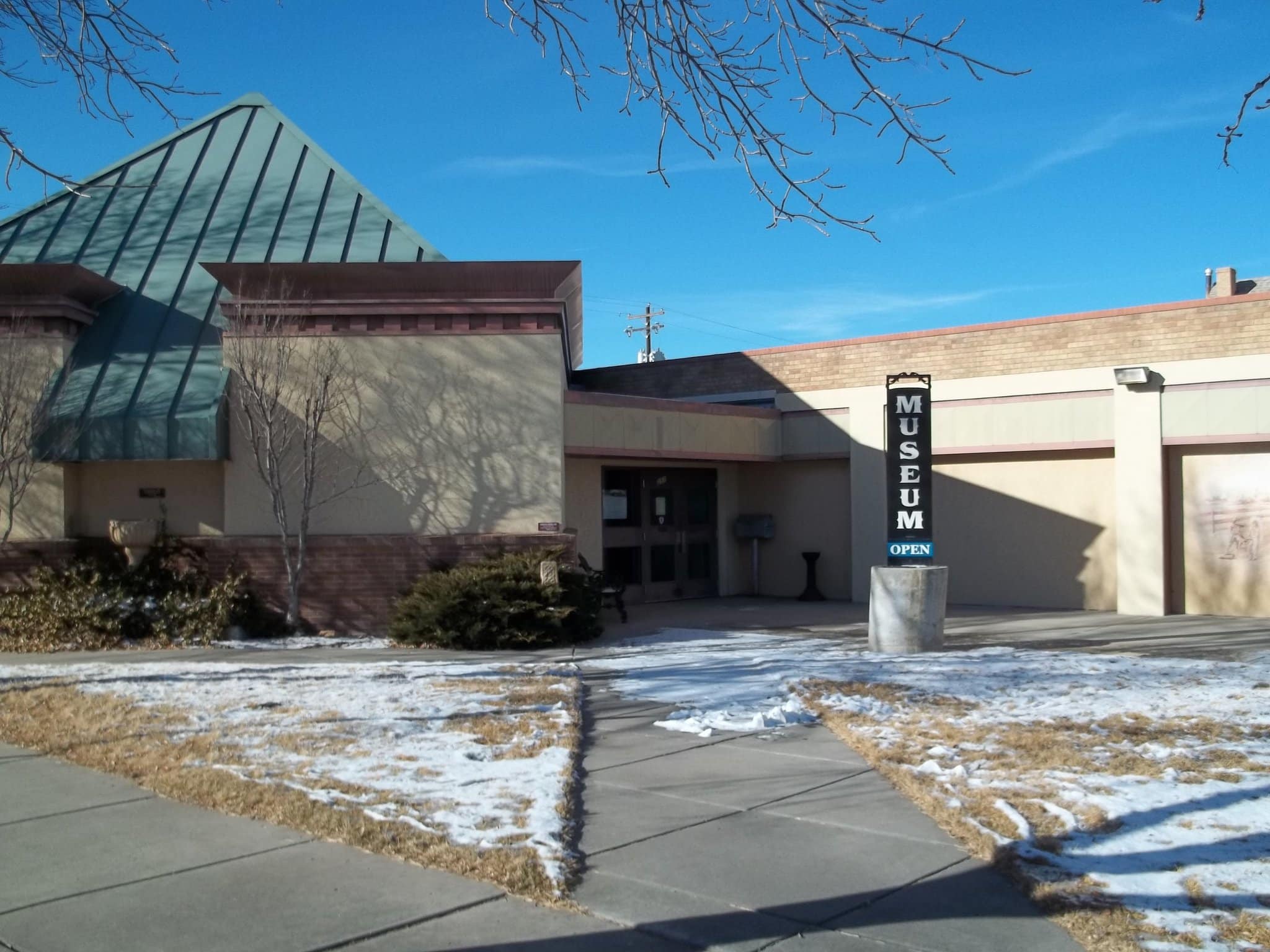
The Delta County Museum houses hundreds of artifacts that were pulled from the Dry Mesa Quarry Site. With more than 15 fossil species discovered, visitors can get up close to the bones to learn more about prehistoric life in North America.
There are many exhibits at the museum including ones on the pioneer history of Colorado, but the dinosaur fossils can be found in the Jones Gallery.
With plenty of paleontological sites throughout the state, Colorado is a great spot for dinosaur enthusiasts. No matter your age, visitors from young to old will enjoy exploring more about the state’s prehistoric eras. With excavations that are never-ending, there are new dinosaur discoveries made each year in Colorado.
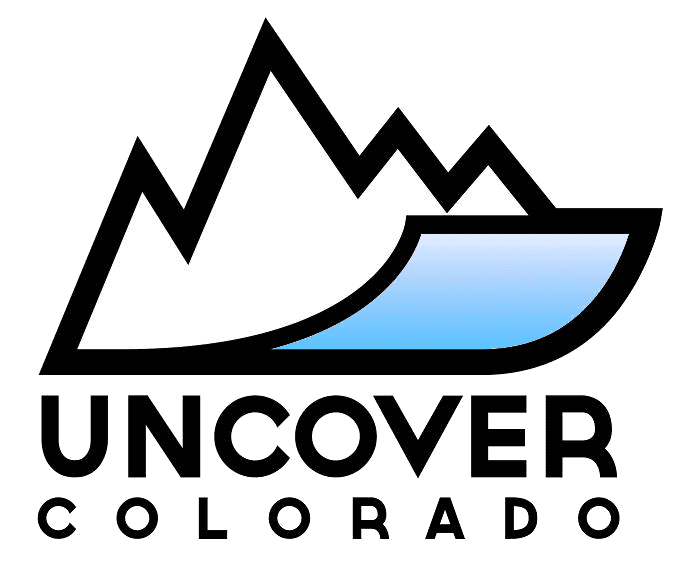
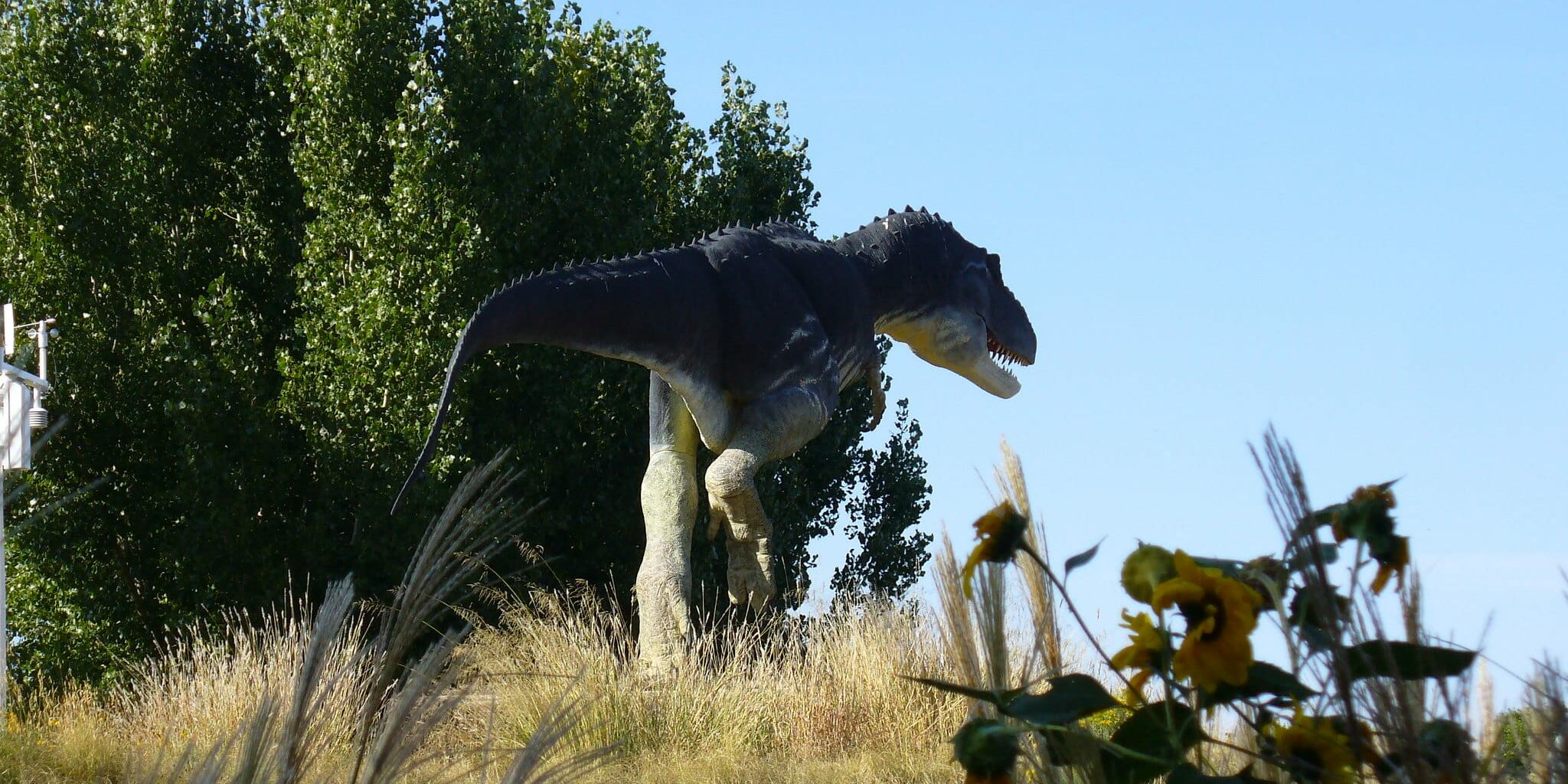
 8 Famous Pedestrian and Highway Bridges in Colorado
8 Famous Pedestrian and Highway Bridges in Colorado